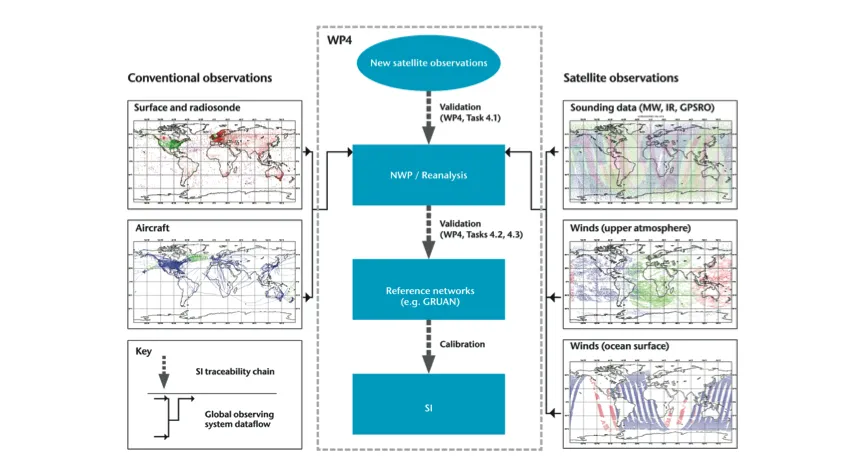Validation practices for satellite-based Earth observation data across communities
Assessing the inherent uncertainties in satellite-data products is a challenging task. Different technical approaches have been developed in the Earth Observation (EO) communities to address the validation problem, which results in a large variety of methods as well as terminology. This paper reviews state-of-the-art methods of satellite validation and documents their similarities and differences. It originates from an activity of the International Space Science Institute (ISSI) for "EO validation across scales” with the involvement of GAIA-CLIM WP3 and WP4 leads.

